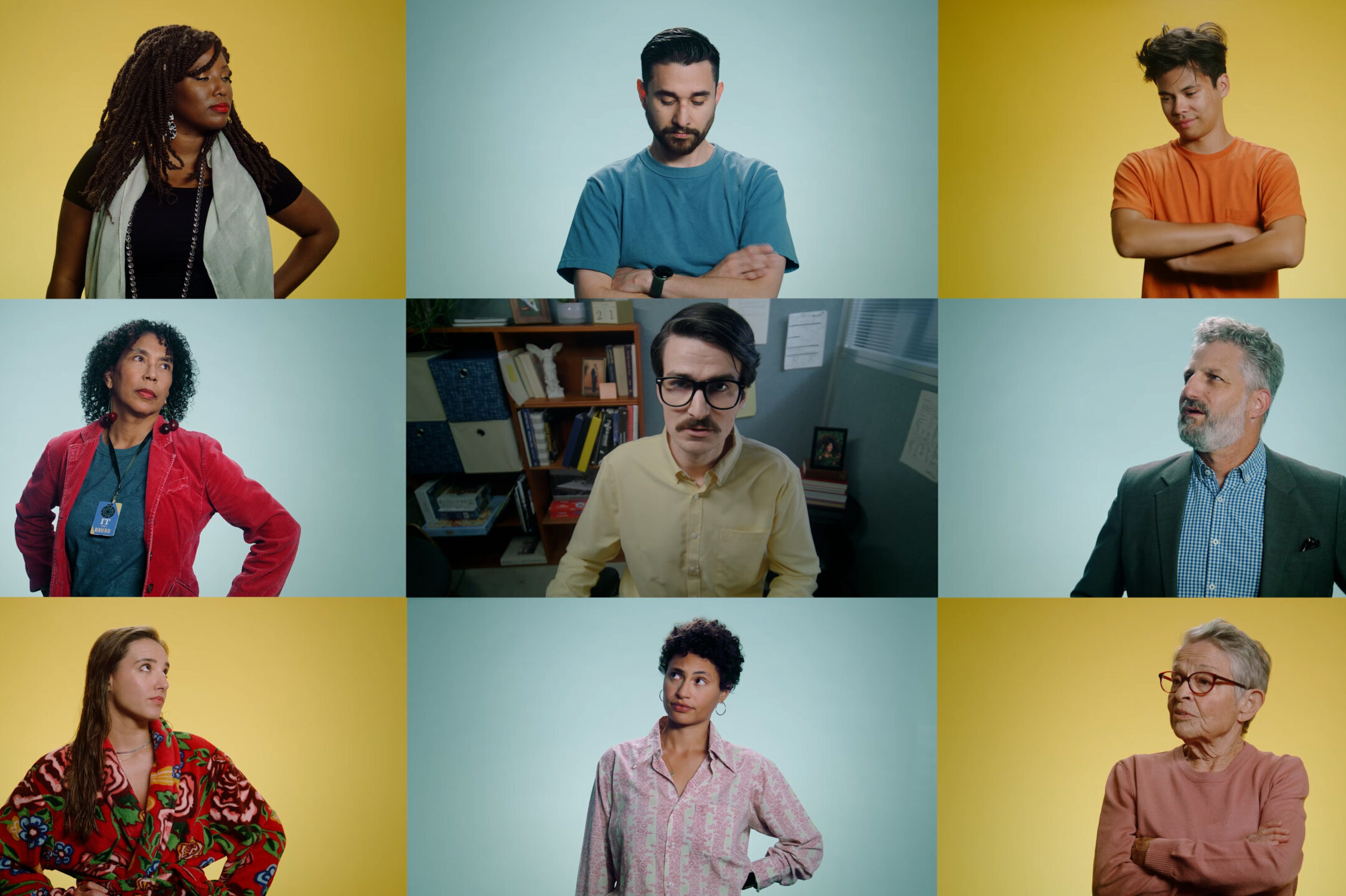JASON VAN GENDEREN is a director and producer, known for “Mankind Is No Island,” “The Unspoken” and “Chocolate.” He spoke at the Festival on June 30th on a event called “Smartphone Storytelling in 60 Minutes.”
We caught up with van Genderen to learn more about his passion for smartphone storytelling.
What inspired you to take the phone out of your pocket and start using it professionally rather than for personal use?
Jason van Genderen: Believe it or not, the initial driver was just experimentation. It was a playful desire to see if a strong idea could still carry itself in a simplistic production environment, even if I pulled back the layers of storytelling to absolute basic tools. There’s this beautifully disarming and innate curiosity that comes out when you hold a smartphone in your hand. It’s a device you’re very familiar with – so much so that it’s almost like an extension of your wardrobe – and I think we’ve become more accepting of using that technology in new and interesting ways, across our work lives and our personal lives.
JvG: In virtually everything we do, we seem to find a smartphone adaptation for it. As camera technology has moved forward in leaps and bounds in recent years, the miniaturization of smartphone cameras and development of quite powerful apps has seen them sometimes rival what we can do on our laptops. The great reveal (for me) is playing a film to an audience without prefacing that it’s filmed on a smartphone – and then surprising them with that at the end. That’s a great way of showing how gripping narrative is more important than the means of production any day.
What are some of the advantages of the “pocket filmmaking” style over using traditional equipment? Do you ever feel like you are sacrificing quality?
JvG: The list of advantages is growing every six months. In comparison to, for example, the DSLR market, all the big technological developments are happening in small camera craft. We’re already seeing the market for compact cameras fizzle out. And some DSLR buyers are just using their smartphones now and perfectly happy with that.
For me, there are some distinct reasons why smartphones actually make a better choice. As a documentary storyteller, one of the constant challenges when interviewing subjects is to make the craft as invisible as possible. If I fill the room with gear and crew, I clearly make the whole environment about that. It can be oppressive to people, who are normally camera-shy. A smartphone filming setup, however, has a completely different effect. It’s minimal, it has a very small footprint, and it allows us to focus on our conversation, not the cameras. If you ever do have a chance to work in remote communities, the unobtrusive nature of filming on smartphones allows you to move around so much faster and capitalize on getting much more footage. People warm to the technology – they’re curious and open to seeing what it can do!
Secondly, the accessibility is paramount. The amount of times I’ve been traveling and something happened right before my eyes … and I managed to document it because of my smartphone camera being right there with me – that’s priceless. The serendipitous nature of documentary filmmaking means you’re either able to catch an opportunity or not. A camera locked in a bag in my office ceases to be of any use to me when I’m three blocks away and something happens. That tool in my pocket, however, is ready to go at a moment’s notice, it’s present, and it’s on the job.
The question of quality has been a constant one I’m faced with. I’m happy today that in 2016, smartphone innovation is far outstripping DSLR camera tech. My $1200 iPhone can film in cinema resolution 4K video, whereas my $6500 DLSR can only film HD. That may seem a little simplistic, as there is naturally more to recording a great video than resolution. However, lensing, audio options, and app development have all addressed the shortcomings of smartphone cameras.
Do you use any other tools, or is it strictly smartphone? What do the other tools add to the process?
JvG: I still edit and do post-production largely on my Macbook because of the limitations of editing on a smartphone with less screen space. But having said that, there are certain types of videos that I now edit and upload directly from my phone, because the workflow is faster and easier than transferring files to my desktop. I can, however, use third-party apps to double the recording quality of my iPhone video camera. There are apps to upgrade my footage in-camera (including special effects apps) and numerous options for editing video and sound to achieve very impressive results. Other tools merely add more manual controls to the process – and in the very near future, those manual controls will all be answered directly within your smartphone.
Do you have any projects in the works, and which are you most excited about?
JvG: I always have something cool bubbling away. It’s the curse of being a creative! I’ve recently completed filming a feature length documentary entirely on iPhone 6s, titled Lost in the Crowd. It follows the rise of crowdfunding and the darker side of the medium too. Imagine an industry worth over $34.4 billion that’s largely unregulated, and offers little or no consumer protection. Scary, right?
I’m also about to commence post-production on a feature-length “Filmbreaker Masterclass” video which will spill the beans on all my professional filmmaking secrets on iPhone..
Oh, and I’m packing my bags shortly to venture over to this great little festival I heard about in Aspen, to help shed some light on how everyone can become a better storyteller with their smartphone. I’d love to see you there.

